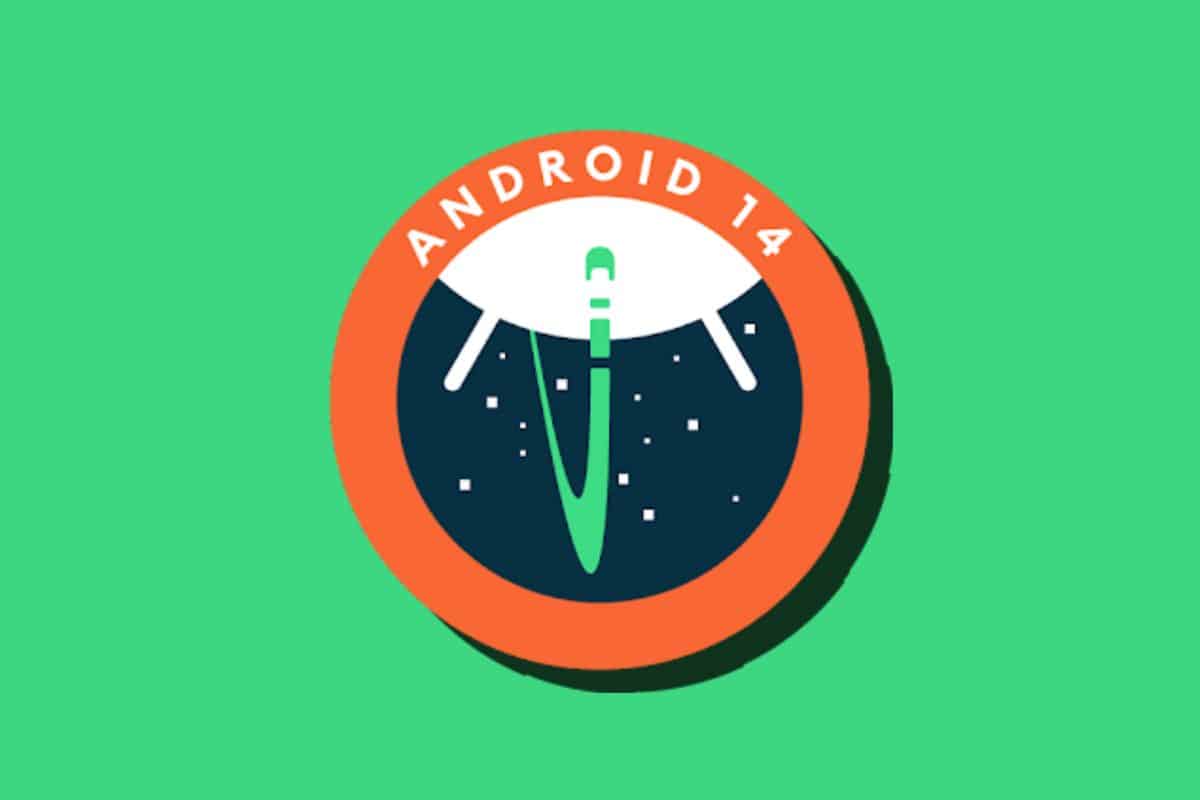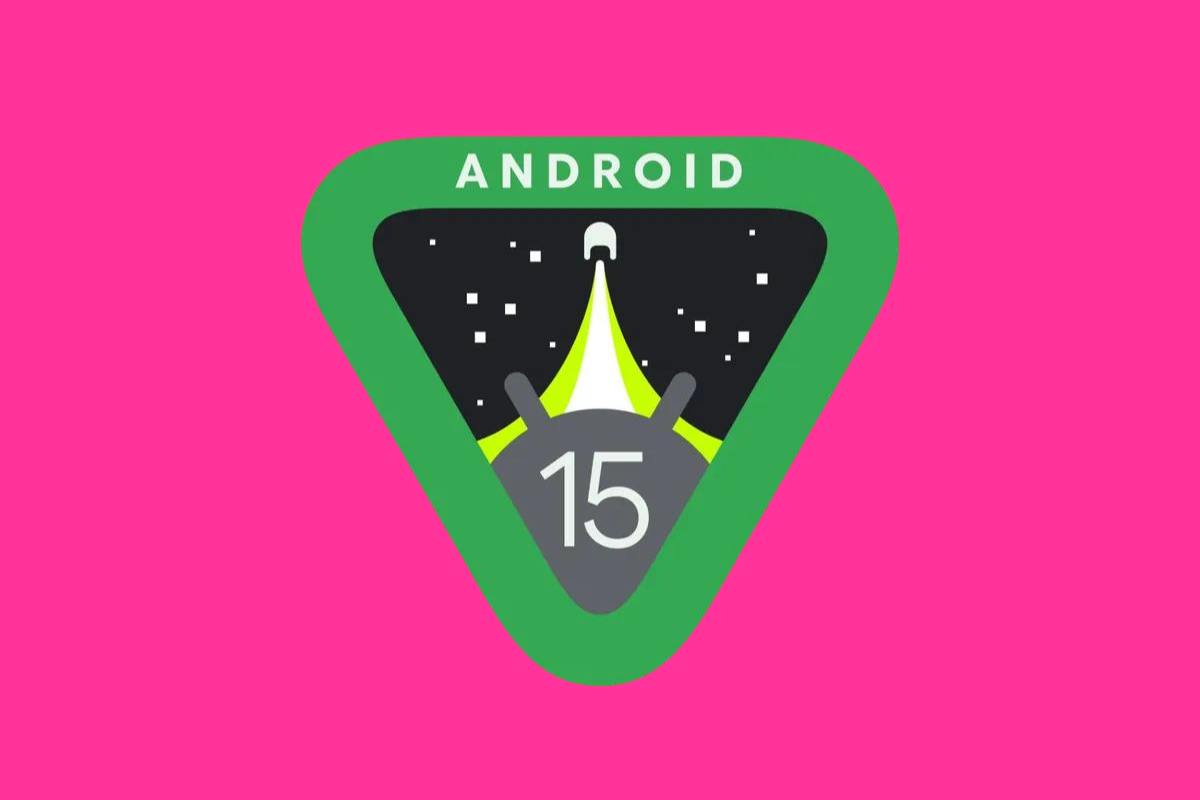If you’re running an Android phone, you might be wondering what the latest version of Android currently is – here’s everything you need to know…
Android is one of the most widely used operating systems in the world, powering around 3 billion active devices—about one-third of the global population.
Since its inception in the early 2000s, and particularly since the first Android phone launched in 2007, Android has undergone numerous updates and refinements, becoming a highly customizable and open system.
Current and Upcoming Android Versions
Android 14: The Current Standard

Release and Features
Released in October 2023 alongside the Pixel 8 series, Android 14, known internally as “Upside Down Cake,” is now available on various devices from brands like Samsung, Xiaomi, OnePlus, and more.
This update brings a slew of features and improvements:
- Material You Enhancements: Further personalization of the UI with dynamic color theming.
- Accessibility Upgrades: Including larger font scaling (up to 200%), notification flashes for the hearing impaired, and better support for gendered languages.
- Battery and Performance: Optimizations include refined background process management, improved efficiency for downloading large files, and more accurate battery usage statistics.
- Privacy and Security: Android 14 introduces stricter permissions for alarm functionality and prevents installation of outdated apps, enhancing security.
Android 15: The Future Ahead
- Anticipated Release and Features: Android 15 is currently in beta testing and is expected to officially launch alongside the Pixel 9 series around August 13, 2024. This update promises to bring several exciting new features:
- Health and Accessibility: Built-in Health Connect will seamlessly gather health data from various apps, and Android TalkBack will support Braille displays for greater accessibility.
- Partial Screen Sharing: Users can now share or record specific app windows rather than the entire screen.
- Enhanced Satellite Connectivity: Android 15 will support messaging over satellite connections, expanding communication options in remote areas.
- High-Quality Webcam Mode: Improved video quality when using your Android device as a webcam.
- Advanced Camera Controls: Developers will have more granular control over camera features, including low-light enhancements and precise flash adjustments.
- Adaptive Vibration and Customization: Enhanced vibration settings that adjust based on the environment and new color contrast options for improved visibility.
Android Version History
- Android Market introduced
- Web browser support
- Camera support (no options)
- Gmail, Google Maps, YouTube
- Folders for app grouping
- On-screen keyboard
- Widgets for home screen
- Video recording and playback
- Bluetooth A2DP and AVRCP support
- Copy and paste in web browser
- Improved Android Market
- Gallery, camera, camcorder integration
- Text-to-speech engine
- Gesture framework and search
- CDMA/EVDO, 802.1x, VPNs support
- Multiple account sync
- Microsoft Exchange email support
- Bluetooth 2.1 support
- Improved Google Maps 3.1.2
- HTML5 support
- USB tethering and Wi-Fi hotspot
- Adobe Flash support
- Chrome’s V8 JavaScript engine
- Push notifications (C2DM)
- JIT implementation for performance
- Updated UI design
- NFC support
- Multiple cameras support
- Download manager
- Native support for more sensors
- “Holographic” UI
- System Bar and Action Bar
- Redesigned keyboard
- Hardware acceleration
- Multi-core processor support
- Unified phone and tablet UI
- Face Unlock
- Android Beam for NFC sharing
- Wi-Fi Direct support
- Full device encryption
- Project Butter for UI smoothness
- Google Now introduced
- Expandable notifications
- Restricted profiles (4.3)
- OpenGL ES 3.0 support (4.3)
- Improved performance for low-memory devices
- Full-screen “Immersive mode”
- Wireless printing capabilities
- WebViews based on Chromium
- Emoji support in Google Keyboard
- Material Design introduced
- ART runtime replaces Dalvik
- Project Volta for battery improvements
- Notifications on lock screen
- Multi-user support for phones
- Granular app permissions
- Doze mode for battery saving
- Google Now on Tap
- Native fingerprint reader support
- USB Type-C support
- Multi-window support
- Improved Doze mode
- Vulkan API support
- Seamless system updates
- File-based encryption
- Picture-in-picture support
- Notification channels
- Autofill framework
- Google Play Protect
- Project Treble
- Gesture navigation
- Adaptive Battery
- App Actions
- Slices
- Digital Wellbeing
- System-wide dark theme
- Improved gesture navigation
- Live Caption
- Privacy controls for location
- Project Mainline
- Chat bubbles
- Built-in screen recorder
- One-time permissions
- Wireless Android Auto
- 5G support improvements
- Material You design language
- Privacy Dashboard
- Approximate location permissions
- Scrolling screenshots
- One-handed mode
- Per-app language preferences
- Themed icons support
- Improved privacy features
- Bluetooth LE Audio support
- Improved tablet optimization
- Improved security for older apps
- Enhanced accessibility features
- Customizable lock screen clocks
- Improved battery life
- Enhanced privacy controls
How To Check Android Version On Your Phone
Unsure what version of Android you’re running? It’s actually pretty simple to check what version of Android you’re running. All you have to do is follow these steps: Settings > About Phone > System > Android Version.
If you’re running an older version of Android, there might be an update waiting for you. To check if you can update your phone, do the following: Settings > About Phone > System > Android Version > System Update
Nothing there? No problem. All this means is that you’re running the latest Android version available for your phone. As you’re probably well aware, most Android phones – save for Samsung and Google Pixel ones – do not run the latest software.
If you’re stuck on a REALLY old version of Android, like Android 8 or lower, it is probably time to update your phone. Both Google and Samsung now offer 7 years’ worth of Android updates on select models (they’re most expensive, flagship ones), so if updates are important to you, I’d keep it locked to these brands.
Me? I’d probably go with a Pixel phone for the simple reason that Google ships Android updates months before Samsung does. Meanwhile, these would be the Android phone brands to avoid (if you care about Android updates).
Why It’s Important To Run The Latest Version of Android

If you’re running an older or outdated version of Android on your phone – like literally billions of people the globe-over – you’re vulnerable to all kinds of nasties.
Google has a massive issue with fragmentation inside its Android ecosystem, whereby hundreds of millions of phones are all running different versions of its OS, Android.
As of 2024, we’re now staring down the release of Android 15. And yet, there’s still millions of active Android phones running Android 10 or lower.
Android OS Version Distribution:
- Android 13: 20.9%
- Android 12: 14.7%
- Android 11: 19.0%
- Android 10: 13.6%
- Older Versions: Android 9 and below still hold significant shares, with Android 9 at 8.4%
Hackers find exploits inside old versions of software, both iOS and Android, and use them to hack your phone, extract sensitive information (your bank details, for instance) and cause havoc in your life.
But that’s just the tip of the iceberg. Here’s a breakdown of the main reasons why it is always worthwhile running the latest version of Android, and why you should never run no-longer-supported builds of Android:
1. Security Enhancements
One of the most critical reasons to update your Android device is security. Older versions of Android are more vulnerable to malware, data breaches, and cyber-attacks because they lack the latest security patches. For example, in 2015, the Stagefright vulnerability was discovered in Android, potentially affecting nearly 95% of devices. This security flaw allowed hackers to access devices through a simple multimedia message. Google promptly issued a fix, but many older devices did not receive this patch due to outdated software, leaving them exposed.
2. Privacy Protection
Newer Android versions include advanced privacy features that protect your personal information. For instance, Android 14 introduced more granular control over app permissions, allowing users to grant access to specific photos or videos instead of the entire gallery. Older versions may not offer such detailed controls, increasing the risk of unauthorized data access.
3. Performance Improvements
Each new Android release brings optimizations that enhance device performance, improve battery life, and provide a smoother user experience. For example, Android 15 is expected to introduce better background process management and adaptive vibration settings, which help devices run more efficiently. Running an outdated version can lead to slower performance and higher power consumption, diminishing the overall experience.
4. Access to New Features
Updates often include new features and improvements that can significantly enhance the functionality and usability of your device. For instance, Android 14 introduced features like enhanced accessibility options and support for satellite messaging, which are not available on older versions. Without updating, you miss out on these innovations that can make your device more versatile and useful.
5. Compatibility with Apps and Services
As Android evolves, so do the apps and services that run on it. Developers often design their applications to take advantage of the latest OS features.
If you’re using an outdated version, you might find that newer apps aren’t compatible, or existing ones may not function correctly. I have a first gen iPad, for instance, and while it still works, I can no longer download or use apps on it – it is now basically an internet-connected paperweight.

